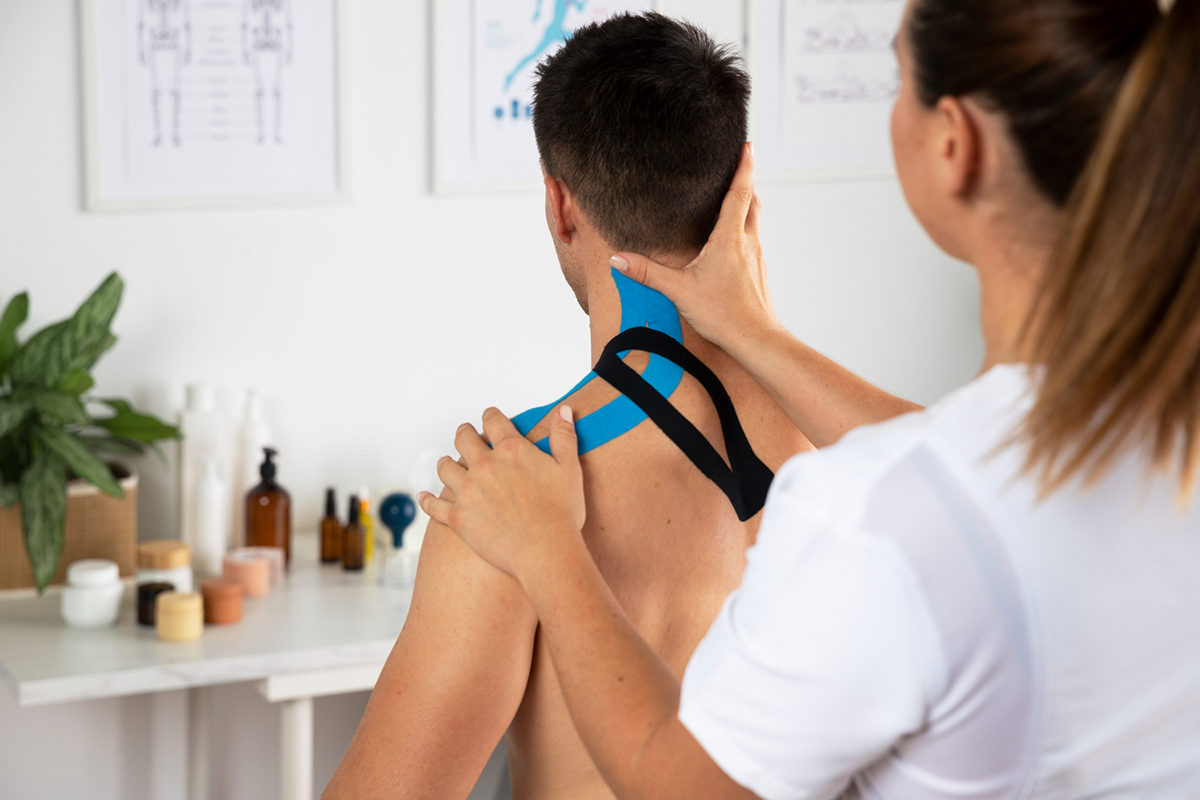A Guide to Successful Recovery on Shoulder Instability

Shoulder instability can be a result of an injury, overuse, or a congenital condition. It can cause a great deal of discomfort and affect your ability to carry out everyday activities. Regardless of its cause, the right rehabilitation can help improve your shoulder stability and function. In this blog post, we will discuss the essential strategies used in shoulder instability rehabilitation, aimed at returning you to your normal routine and restoring the range of motion in your shoulder.
1. Physical Therapy
The first step towards your shoulder instability rehabilitation is physical therapy. During the therapy, a physiotherapist will analyze your shoulder problem and design a rehabilitation program that meets your specific needs. The program involves exercises that strengthen and stretch the muscles around your shoulder to increase stability and reduce instability. Physical therapy also minimizes pain and accelerates healing.
2. Rest
Rest is essential in shoulder instability recovery. It involves avoiding any activity that may make the instability worse and taking time off to allow the shoulder to heal. Rest is especially vital in the initial stages of rehabilitation. Once you have completed the initial phase, you can gradually restart activities, ensuring that you don't put too much stress on your shoulder.
3. Strengthening Exercises
Rehabilitation also involves strengthening the muscles around your shoulder. The aim is to increase the stabilizing support around the shoulder joint. Examples of exercises for strengthening your shoulder include rotator cuff exercises, shoulder press and pull, bicep curls, and reverse flyes.
4. Stretching Exercises
Stretching exercises help to increase flexibility and improve the range of motion of the shoulder joint. They also prevent injury and minimize the risk of re-injury. The exercises may include shoulder stretches, forward stretches, side and standing wall stretches, and overhead triceps stretches.
5. Modifying Your Lifestyle
Apart from carrying out rehabilitation exercises, it would be best to modify your lifestyle to promote shoulder recovery. Some of the lifestyle habits that can help improve shoulder health include sleeping well, ensuring good posture, eating healthy foods, and avoiding bad habits like smoking and excessive alcohol consumption.
Conclusion
Shoulder instability can cause significant discomfort and limit your daily activities. However, with the right rehabilitation approach, it is possible to recover your shoulder stability and function fully. In rehabilitation, physical therapy, rest, strengthening, stretching, and lifestyle modifications are essential to restore your shoulder joint's stability. If you are experiencing any shoulder instability, it is essential to consult a physiotherapist to design the right rehabilitation program for you. B Physical Therapy in Winter Springs, FL, provides expert and comprehensive physical therapy services tailored to fit your needs. If you are looking for Physiotherapy in Winter Springs, FL, contact us today to schedule an appointment.